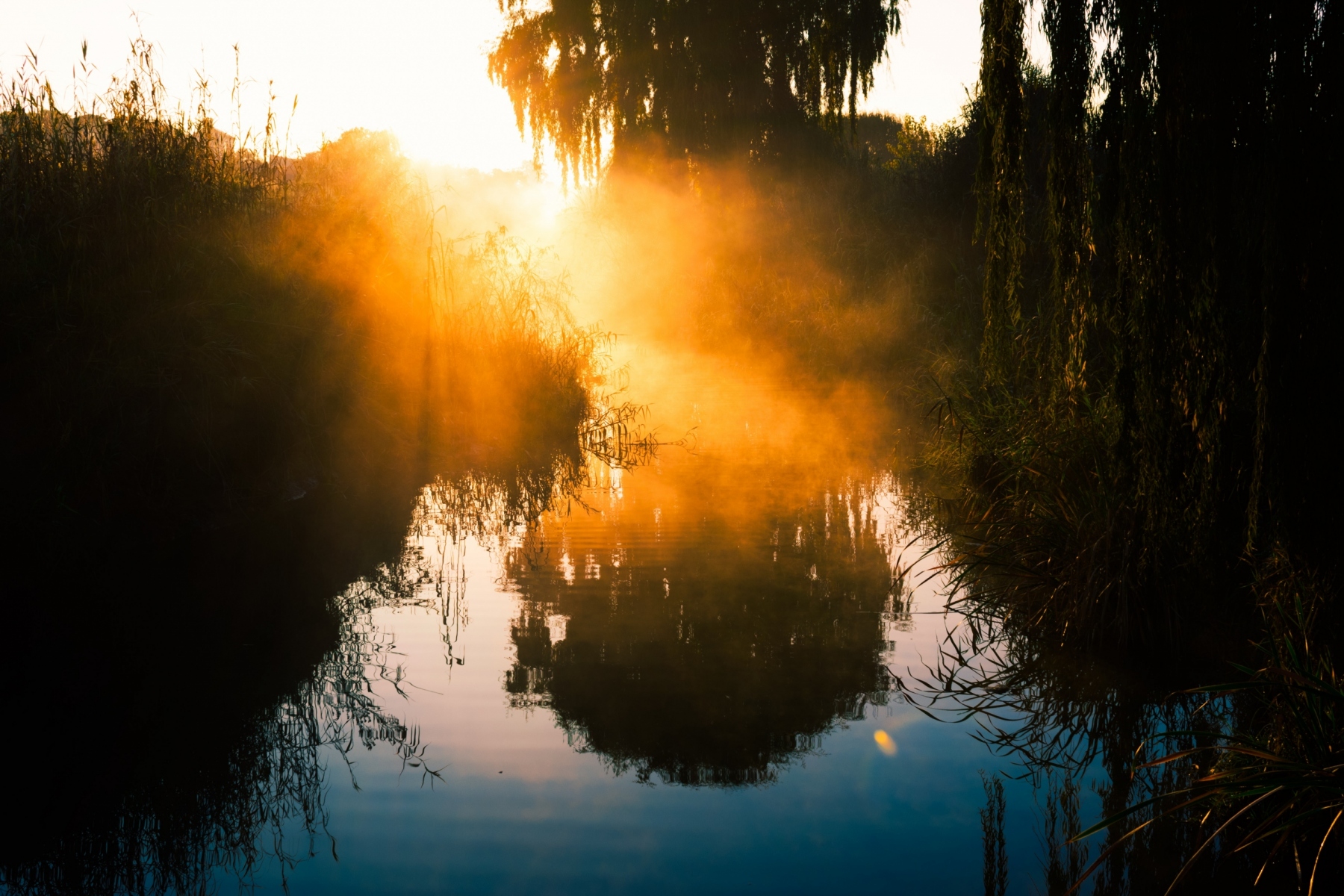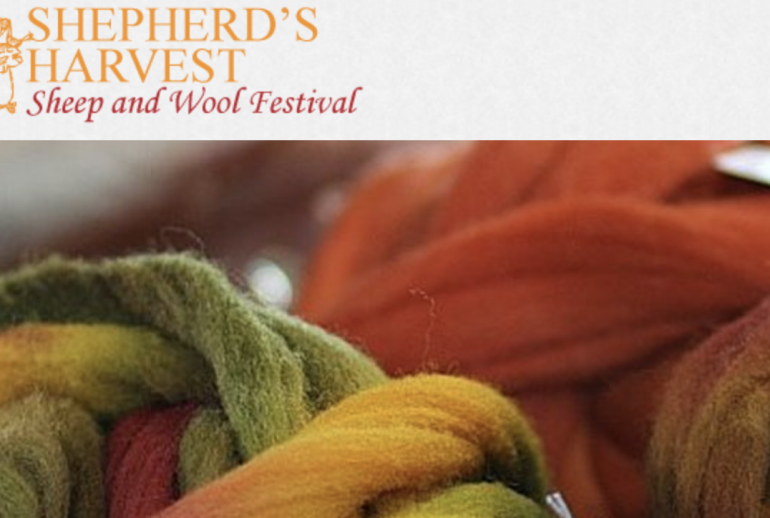I can’t remember a time when I wasn’t attracted to the beauty of nature. It began when I watched birds as a child from a hidden spot under a pine tree in our yard. I remember arriving in the Philippine Islands as a preteen, where I was astonished to see little pet monkeys riding on kid’s shoulders, exquisite orchids growing wild from notches in trees, and what appeared to be 15-foot-tall poinsettia bushes. And today Margie and I are privileged to live on the edge of a woods, with wild turkeys, white-tail deer, rabbits, field mice, raccoon, martins, and countless birds among the oak, linden, and ash trees.
The one type of landscape I’ve never found all that attractive is swamps. I was first introduced to these wetlands by the woman who became my wife. We drove from the University of Minnesota, where we were students, north to within a mile or so of the Canadian border where her family lived, and the route took us through long miles of massive bogs and swamps. They were eerie. Vast vistas of what looked like unproductive emptiness. At night hummocks glowed with little fires, spontaneously started in the drying peat moss at the surface. They were seemingly devoid of life—except thick hordes of mosquitoes—with stunted trees and bushes poking up at intervals. And I’ve never liked snakes and seeing news photos of the massive pythons breeding in Florida swamps only deepens a sense of dread in me.
I admit that it didn’t help my perspective that I had watched Creature from the Black Lagoon (1954). True, that was a lagoon, not a swamp, but it sure seemed swamp-like to me.
Over the years as we’ve driven north, we’ve seen more and more of the Minnesota wetlands drained to become farmland or development of some kind. The economic calculus is simple, of course: useless water-logged land made useful. But what if they bear an invisible significance? What if they are not useless or unproductive at all, so that behind the scenes they provide a vital service that extends far beyond their borders? What, in other words, if they too reveal the beauty, order, plan, and glory of the Creator?
The necessity, usefulness, and subtle beauty of swamps is the argument the novelist Annie Proulx makes in “Swamped” in The New Yorker (July 4, 2022). () Part history lesson, part science tutorial, part memoir, “Swamped” is a delight to read. Which you’ll guess if you’ve read Proulx’s superb novel, The Shipping News (1993). “Swamped” was also a chance, in my case at least, to repent of a long-held, misguided bias. Swamps are wonderful places, astounding, even. I admit I still don’t want to spend time in one, but I see their value and grieve over their loss. It turns out “wetlands cleanse the earth,” Proulx says. “In fact, they are carbon sinks that absorb CO2, and they are unparalleled in filtering out human waste, material from rotten carcasses, chemicals, and other pollutants. They recharge underground aquifers and sustain regional water resources.” And it turns out that instead of being lifeless, they are home to numerous plants and secretive animals that are our fellow creatures.
My most intimate swamp experience came one summer when I lived in a remote and ramshackle house in Vermont with a beaver-populated swamp half a mile down in the bottomland. I went to the swamp almost every day by a circuitous route through the woods, passing a patch of pitcher plants and two or three sundews, across a brook, following the beavers’ tree-drag ruts to an old stick dam. There were trout in this swamp and beautiful painted turtles. I watched the amazing aerobatics of dragonflies with disbelief that they were actually doing what I saw them do. Even when I sat on the back porch high above the swamp I thought I could catch the green smell of bruised lily pads.
Once, after weeks away, I came back to the house in the late afternoon. I had started reading Norman Maclean’s story “A River Runs Through It” on the plane ride home and decided to read to the end before I went inside the house. It was an utterly quiet, windless day, the light softening to peach nectar. I read the last page and its famous final line, “I am haunted by waters.” I closed the book and looked toward the swamp. Sitting on a stone wall fifteen feet away was a large bobcat who had been watching me read. When our eyes met, the cat slipped into the tall grass like a ribbon of water, and I watched the grass quiver as it headed down to the woods, to the stream, to the swamp.
The earth is the Lord’s. Even swamps. We dismiss them and their Maker at our peril.
Photo credit: Photo by Blaque X on Pexels



